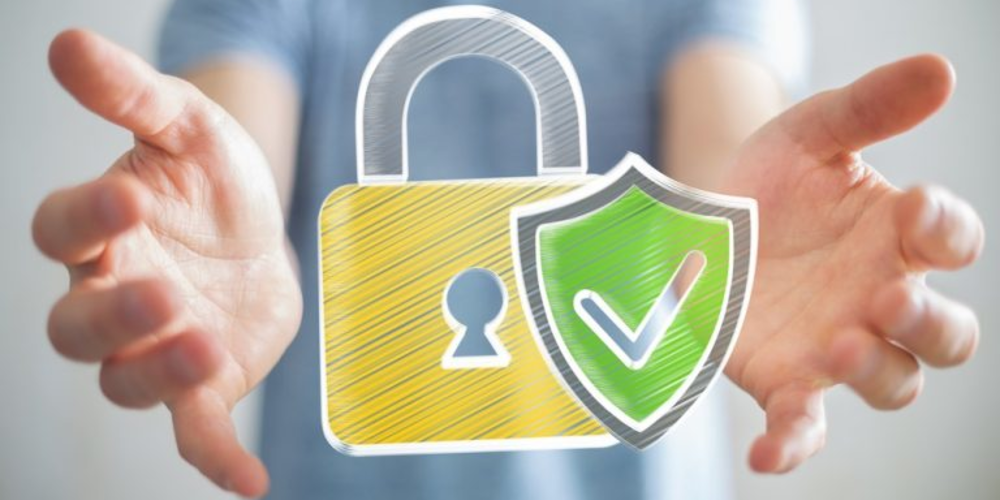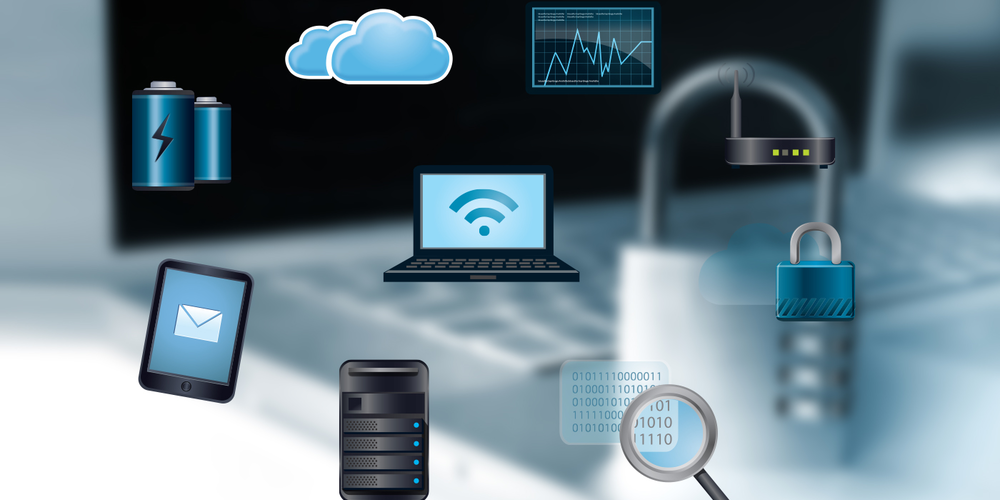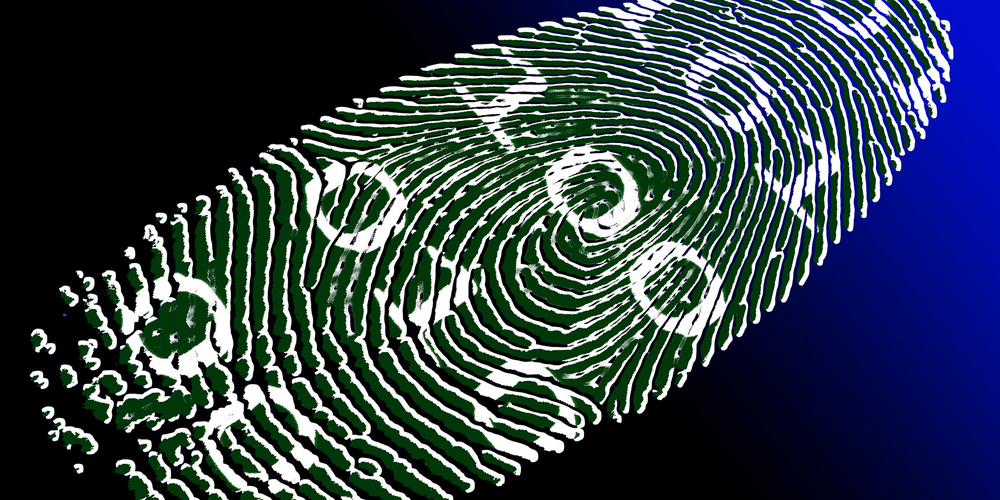Six Steps to Safeguarding Your Digital Identity
May-27-2024

In today's highly connected digital landscape, each data breach erodes our privacy. A notable example is the AT&T breach, which disclosed Social Security numbers and other sensitive personal data, significantly raising the threat of identity theft. Following this breach, the percentage of users with compromised Social Security numbers in our databases surged from less than 1 percent to nearly 15 percent. The dangers increase when this sensitive information becomes accessible on the public internet, not just the dark web, which requires specialized software to access. These exposures heighten the risk of misuse, underscoring the importance of protecting our digital identities.
The Threat of Identity Theft

The most pressing risk from compromised data is identity theft. Malicious actors can infiltrate email, bank, and credit card accounts to impersonate victims. This may involve resetting passwords and taking control of phone numbers to bypass text message verifications. With personal details, thieves might open loans or credit cards in your name, a common and harmful form of identity theft. The danger extends beyond online fraud; stolen information can lead to physical crimes, putting victims at severe risk. Therefore, it is crucial to adopt robust measures to guard against these growing threats.
1. Implement Multi-Factor Authentication Everywhere
Using multi-factor authentication (MFA) across all accounts is crucial in reducing the risk of breaches. Some studies indicate that accounts with MFA are 99.9 percent less likely to be compromised. By requiring additional verification steps, such as codes sent via text, email, or USB authenticator keys, MFA significantly enhances account security and protects against compromised credentials.
2. Manage Password Risk
Ensure the security of your key online and financial accounts by using unique, strong, and lengthy passwords. Aim for a minimum of 15 characters, incorporating a mix of uppercase and lowercase letters, numbers, and symbols. Use password managers to securely store and manage these complex passwords, as they can also generate strong passwords for you. Additionally, consider creating a separate "junk" email for non-essential sign-ups to enhance security and minimize the impact of data breaches on your primary accounts.
3. Use Protection Across All Devices

Install trusted antivirus (AV) software on both desktop and mobile devices. Many people overlook the importance of AV on their phones, even though these devices often store credit card information and access key accounts. Comprehensive AV protection across all devices is essential for safeguarding sensitive data.
4. Secure Your Browsing
Be cautious about the information you share online and with whom. Use incognito mode when possible, and provide false information where appropriate. A secondary email address, along with an alternate name, date of birth, and security question answers, can further protect your primary accounts. Additionally, when using public Wi-Fi or even at home, a virtual private network (VPN) can mask your location and encrypt data shared on the local network.
5. Regularly Monitor
Continuously monitor your online accounts and finances for suspicious activity. Identity Theft Protection services can help keep your data secure by scanning databases for any instances of your email address being linked to data breaches and alerting you to potential security risks. These services offer an efficient way to stay informed about the status of your personal information.
6. Stay Vigilant

Be on the lookout for phishing and social engineering schemes, including deceptive emails or calls. Verify suspicious communications by contacting the company or organization directly through their official website, avoiding links or contact information provided in unsolicited messages. Reflect on whether you initiated the contact or if someone reached out to you, and proceed with caution if it’s the latter. Despite best efforts, scams can still occur. Quickly responding to data breaches can prevent further damage and monetary loss. Identifying and addressing online weak spots, such as predictable passwords or a lack of MFA, is essential for robust identity protection.
Adopting a careful and thorough strategy for safeguarding your identity ensures that even if your information is breached, you have preemptive steps in place to protect your confidential data. These actions defend your online presence against cyber threats, providing peace of mind in an increasingly connected world.








